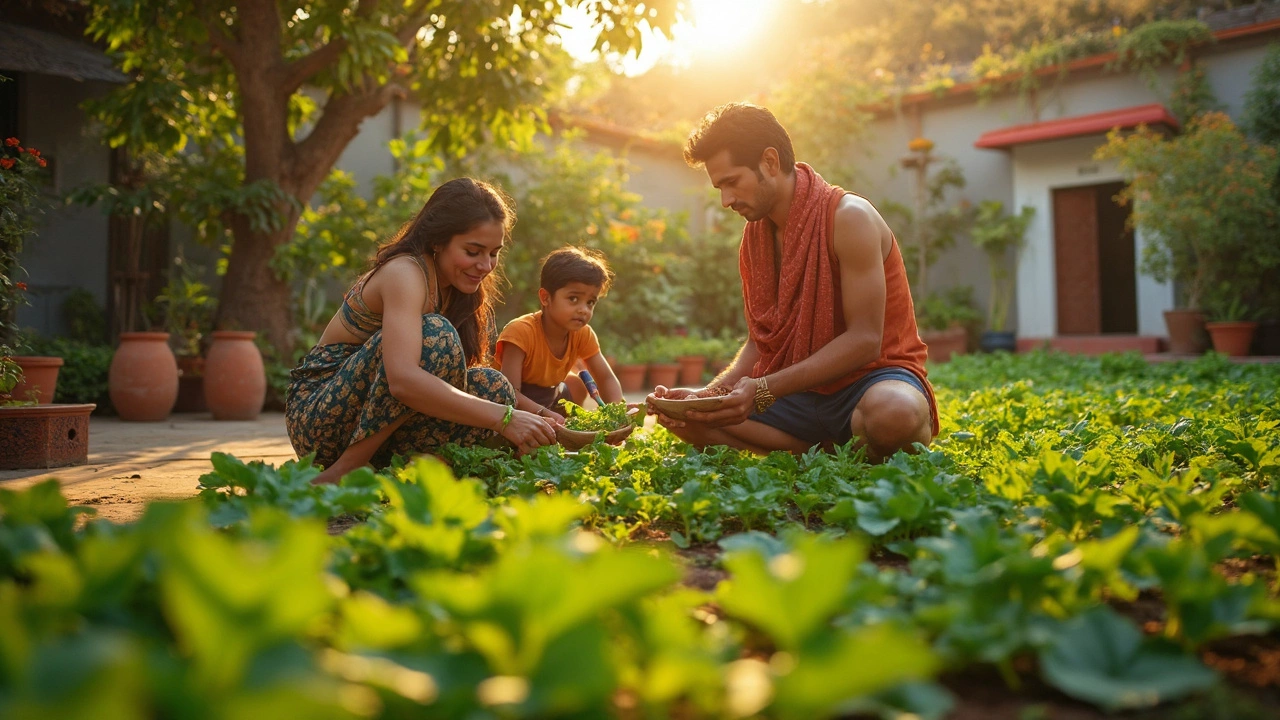Wondering which vegetable takes the crown for sustainability? This article cuts through the hype and shares which vegetable is the best choice for eco-friendly home gardens. You'll learn what makes a vegetable truly sustainable, practical tips for growing it, and clever ways to use every part. Find out how making a small switch in your garden can have a big impact on water use, soil health, and climate resilience. Even beginners will find it easy to start growing these environmental champions at home.
Low-Impact Gardening: Gentle Ways to Grow Plants Without Harming the Planet
When you practice low-impact gardening, a method of growing plants that minimizes harm to the environment through resource efficiency and natural processes. Also known as eco-friendly gardening, it’s not about perfection—it’s about making smarter choices every day. You don’t need a big yard or expensive tools. You just need to pay attention. In India, where water is scarce, soil is often heavy, and summers are harsh, low-impact gardening isn’t just trendy—it’s necessary. It’s the difference between using 50 liters of water to water your plants and using 10, or between buying chemical fertilizers and making your own compost from kitchen scraps.
This approach ties directly to soil health, the condition of soil that supports plant growth through natural nutrient cycling, good structure, and active microbial life. Dense, compacted soil won’t let roots breathe or water drain. That’s why so many posts here talk about adding compost, leaf mold, or perlite to loosen it up. It’s also why drip irrigation comes up again and again—because leaking hoses and flood watering waste water and wash away nutrients. Low-impact gardening means fixing problems at the root, not spraying them away.
It connects to sustainable gardening, a long-term approach to growing food and flowers that protects ecosystems, conserves resources, and supports local biodiversity. Also known as regenerative gardening, it’s what happens when you choose native plants that survive monsoons without extra help, or when you let zinnias bloom all year because they don’t need chemicals to thrive. It’s why people avoid styrofoam in vegetable beds and why rabbit-resistant planting becomes a smart habit, not just a tip. You’ll find posts here about balcony gardens that use every inch wisely, about herbs that grow with almost no care, and about compost recipes that turn waste into gold. This isn’t about grand gestures. It’s about daily habits: watering in the morning, reusing pots, letting leaves stay on the ground, picking the right plant for the right spot.
And here’s the truth: you don’t have to be an expert to start. You just have to care enough to try. Whether you’re growing tomatoes on a windowsill, fixing a clogged drip line, or learning which plants bloom nonstop in Indian heat, you’re already part of this movement. The posts below are real, practical, and made for people like you—gardeners who want to grow more, waste less, and work with the land instead of against it. No fluff. No jargon. Just what works.
